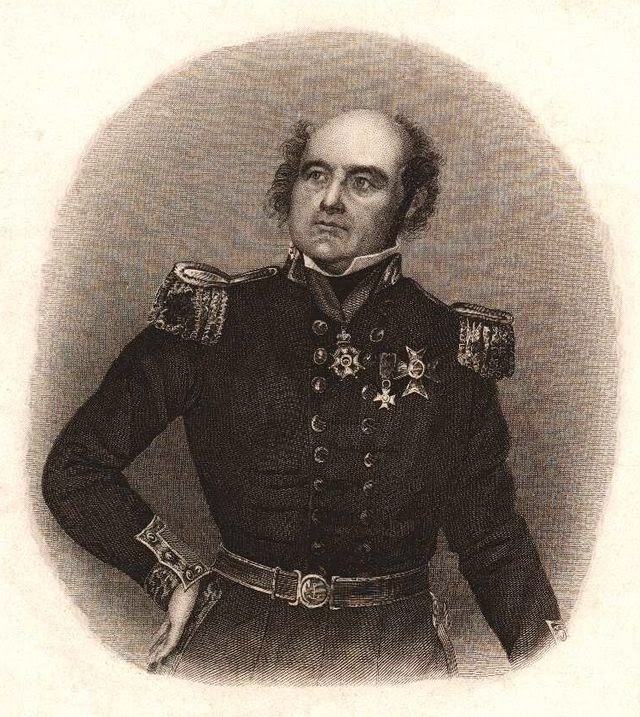Up to this time, pubs had been built in areas of busy thoroughfares with the aim of benefiting from passing trade. However, at this time in the development of Battery Point, there was very little through traffic on Colville Street. The Shipwrights Arms had primarily targeted, as its name suggests, at the large number of boat builders employed around that time in the nearby slipyards that had sprung up along the Derwent foreshore, along the eastern side of the nearby Napoleon Street. Battery Point was also become more populous as a neighborhood and the Shipwrights Arms was able to enjoy considerable local custom.
The Shipwrights Arms was a local institution for nearly 80 years with the various publicans having to apply to the Licensing Court every year for a renewal of their license and it could be refused if the court was to assess the premises to be unsatisfactory or if the court was to decide that there was no longer any need for a pub in the particular neighborhood.
In 1924,the Shipwrights Arms had been trading for 80 years in the original building and it was starting to show its age. A petition calling for the closure of the pub had been signed by 31 local residents but the Cascade Brewery, who had been the owners of the Shipwrights Arms since 1876, countered by putting forward plans to transform the building into a first class hotel. As a consequence of the new plans, a counter petition was lodged in favour of the continuing of the existing license was signed by 135 locals. tenders for the upgrade of the hotel were invited in February 1925 and upgrades were undertaken. Further structural alterations were made in 1950 and it is how the Shipwrights Arms exists today.
"Shippies", as it is known to locals these days, is a traditional style English corner pub, filled with history, tradition and local pride. It is lined with a very unique collection of photographs, ornaments and fittings depicting Tasmania's maritime and historical past. The pub has become best known with its link with the Sydney To Hobart Yacht race and has become a favorite with crew members and spectators alike.
It currently continues to offer accommodation and fine meals all year around. Having sampled some of the meals on offer, I can safely say that the meals are of the highest quality at a very reasonable cost. A great place for a meal when you're in Hobart. The whole pub is magnificently maintained both inside & out and is a major landmark in the Battery Point precinct.
Main Information & Text Source -
" The Story of Battery Point - Street By Street" - Donald Howatson 2012
The Shipwrights Arms Hotel website - Shipwrights Arms
Historic Shipwrights Arms Photo - Shipwrights Arms website
Special Thank You to Shipwrights Arms Licensee, Adrienne Daly, for her hospitality and permission to take the photos inside the building







